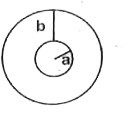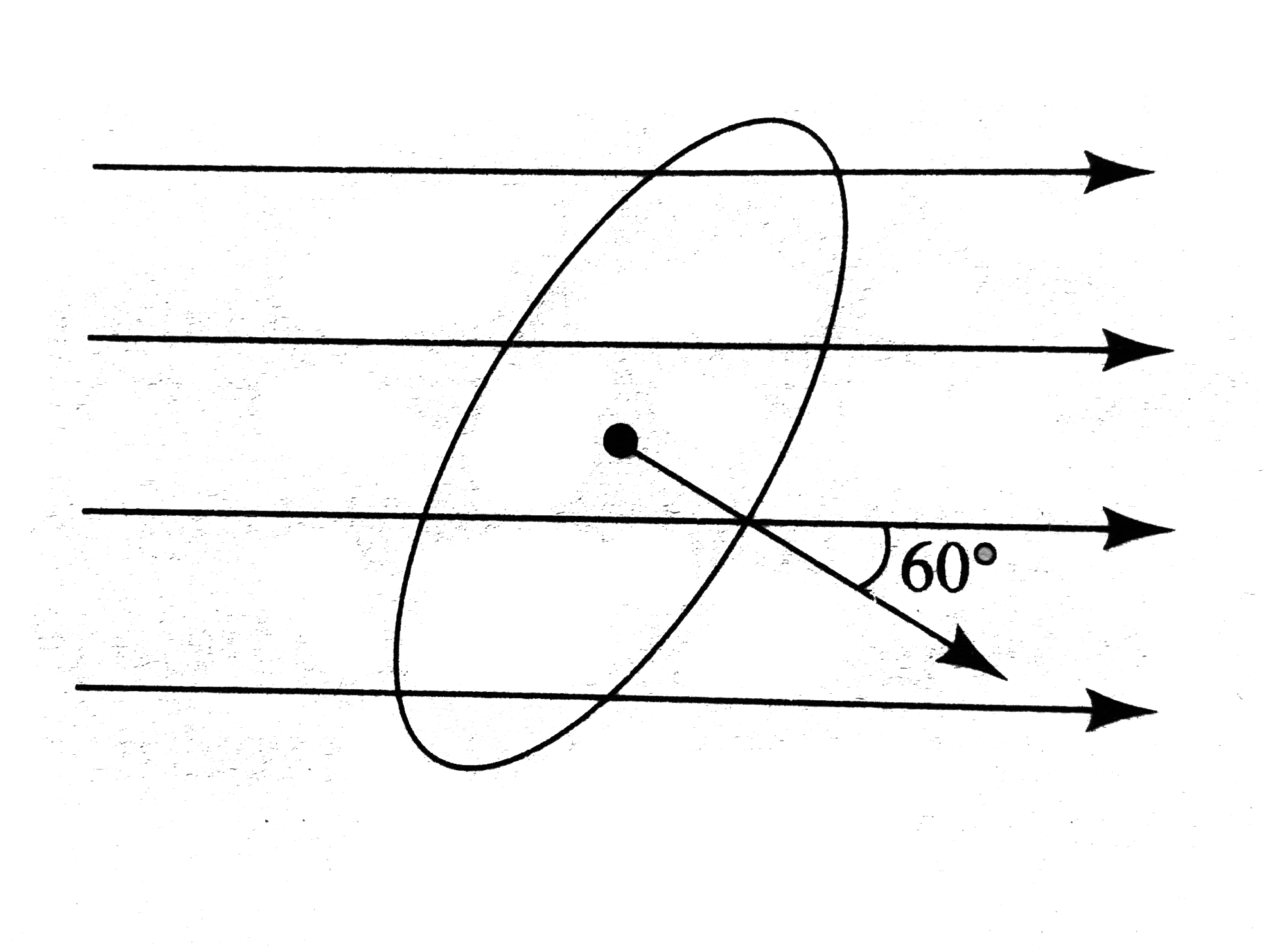A coil develops heat of 800 cal / sec . When 20 volts is applied across its ends. The resistance of the coil is (1 cal = 2.2 joule )
1.2Ω
1.4Ω
0.12Ω
0.14Ω
To find the resistance of the coil, we can use the relationship between heat produced, voltage, and resistance. Here’s a step-by-step solution:
Step 1: Convert heat from calories to joules
Given that the coil develops heat of 800 calories per second, we first convert this to joules using the conversion factor (1 cal = 2.2 joules).
Heat in joules=800cal/sec×2.2joules/cal=1760joules/sec
Step 2: Use the formula for heat produced in a resistor
The heat produced in a resistor can be expressed using the formula:
H=V2⋅tR
Where:
- H is the heat produced (in joules),
- V is the voltage (in volts),
- t is the time (in seconds),
- R is the resistance (in ohms).
Since we are given the heat produced per second, we can set t=1 second. Thus, the formula simplifies to:
H=V2R
Step 3: Substitute the known values into the formula
We know that:
- H=1760joules
- V=20volts
Substituting these values into the equation gives:
1760=202R
Step 4: Solve for R
Now, we can rearrange the equation to find R:
R=2021760
Calculating 202:
202=400
Now substituting this back into the equation:
R=4001760
Step 5: Calculate the resistance
Now, we perform the division:
R=4001760≈0.227ohms
Step 6: Convert to a more suitable form
To express this in a more common format, we can simplify:
R≈1.2ohms
Final Result
The resistance of the coil is approximately:
R≈1.2ohms
Given that the coil develops heat of 800 calories per second, we first convert this to joules using the conversion factor (1 cal = 2.2 joules).
The heat produced in a resistor can be expressed using the formula:
- H is the heat produced (in joules),
- V is the voltage (in volts),
- t is the time (in seconds),
- R is the resistance (in ohms).
We know that:
- H=1760joules
- V=20volts
Now, we can rearrange the equation to find R:
Now, we perform the division:
To express this in a more common format, we can simplify:
The resistance of the coil is approximately:
Similar Questions
The current in the inner coil is I=2t2. Find the heat developed in the outer coil between t =0 and t seconds. The resistance of the outer coil is R and take b>>a.

View SolutionWhen 100 volt d.c. is applied across a solenoid, a current of 1.0 A flows in it. When 100 volt a.c. is applied across the same coil, the current drops to 0.5 A. If the frequency of a.c. source is 50 Hz the impedance and inductance of the solenoid is
View SolutionA coil of water of resistance 50Ω is embedded in a block of ice and a potential difference of 210 V is applied across it. The amount of ice which melts in 1 second is [ latent heat of fusion of ice =80calg−1]
View SolutionWhen a potential difference of 2 volt is applied across the ends of a wire of 5 m length, a current of 1 A flows through it. Calculate :
the resistance across the ends of the wire if it is doubled on itself.
View SolutionWhen a potential difference of 2 volt is applied across the ends of a wire of 5 m length, a current of 1 A flows through it. Calculate :
the resistance of 2 m length of the wire,
View SolutionWhen a potential difference of 2 volt is applied across the ends of a wire of 5 m length, a current of 1 A flows through it. Calculate :
the resistance per unit length of the wire,
View SolutionWhen current flowing in a coil changes from 3A to 2A in one millisecond, 5 volt emf is induced in it. The self-inductance of the coil will be-
View SolutionA heating coil is immersed in a calorimeter of heat capacity 50J∘C−1 containing 1.0 kg of a liquid of specific heat capacity 450 J kg−1∘C−1. The temperature of liquid rises by 10∘C when 2:0 A current is passed for 10 minutes. Find : (i) the resistance of the coil, (ii) the potential difference across the coil. State the assumption used in your calculations.
View SolutionA circular coil of wire consists of exactly 100 turns with a total resistance 0.20Ω. The area of the coil is 100cm2. The coil is kept in a uniform magnetic field B as shown in Fig. 3.212. The magnetic field is increased at a constant rate of 2Ts−1. Find the induced current in the coil in A.

View SolutionThe magnetic field at a point inside a 2.0 mH inductor coil becomes 0.80 of its maximum value in 20μs when the inductor is joined to a battery. Find the resistance of the circuit.
View Solution
